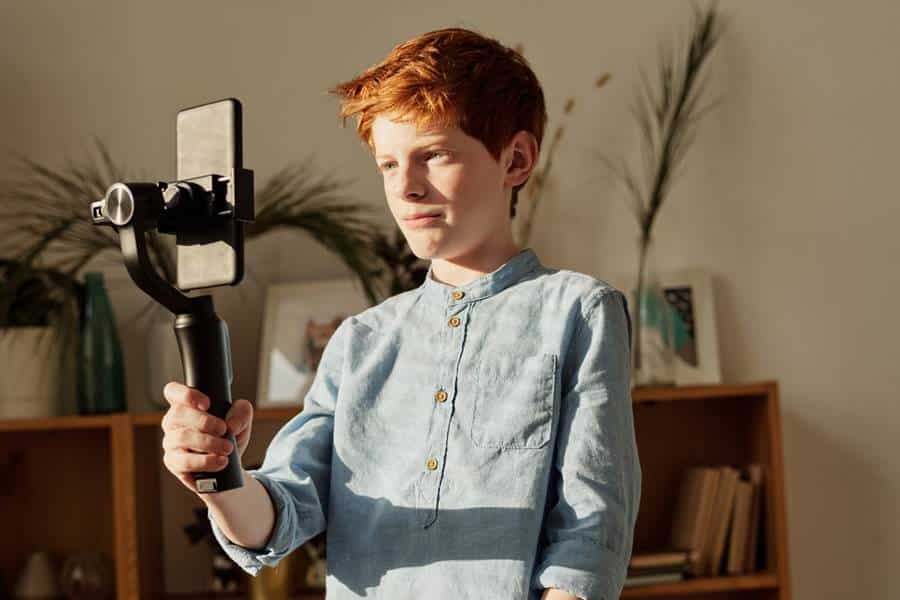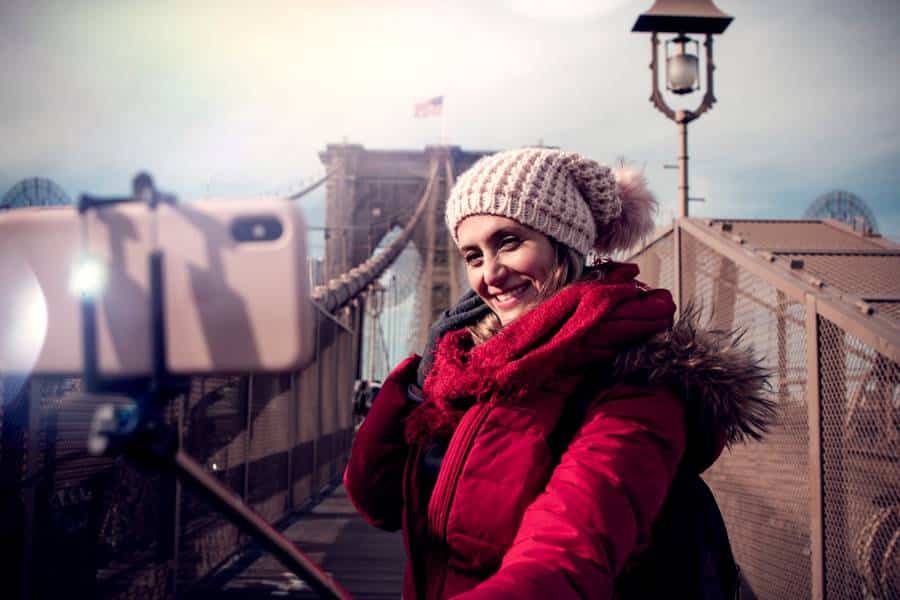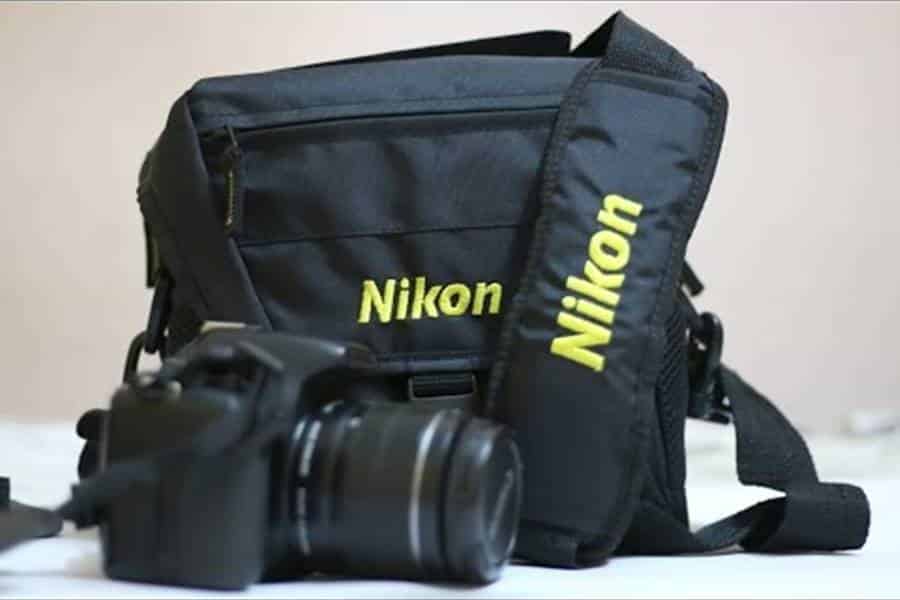The CPL filter for the lens deserves special attention in photography. Every good photographer or specialist has it. You can mount it on a lens on a sunny day to eliminate glare from non-metallic surfaces. The colors become more saturated; the brightness of the blue sky is smoothed out.
It is also possible to get rid of the haze when photographing objects from a distance and the glare of glass and water when photographing bodies of water. The filter’s position can be adjusted to obtain the desired shades in the photo, which cannot be achieved through processing.
What is A CPL Filter?
CPL Filter (where CPL stands for circular polarizer linear) is a glass-made device attachment that is screwed onto the lens and allows you to remove part of the glare and reflected light from the formed image. It is used on camera lenses and DVRs to remove glare and light caused by sunlight reflected from various surfaces – glass buildings, landscapes, car windshield, dashboard, etc. The result of such filtration of the luminous flux can provide a better and more contrasting image.
Since the filter’s job is to remove some of the reflected light, it can be concluded that the overall illumination level of the resulting image may become lower. It leads to the main disadvantage of using it – at night, the image quality can suffer. At the same time, in conditions of insufficient lighting, the CPL filter does not play any positive role; therefore, it is better not to use it at night.
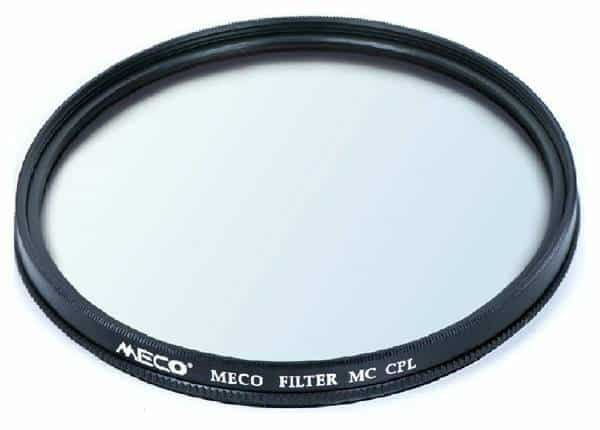
How Does It Work?
A CPL filter converts and traps polarized light. A unique polaroid film is installed between the filter glasses to achieve this effect. The outer glass rotates freely, while the inner one is rigidly attached to the lens.
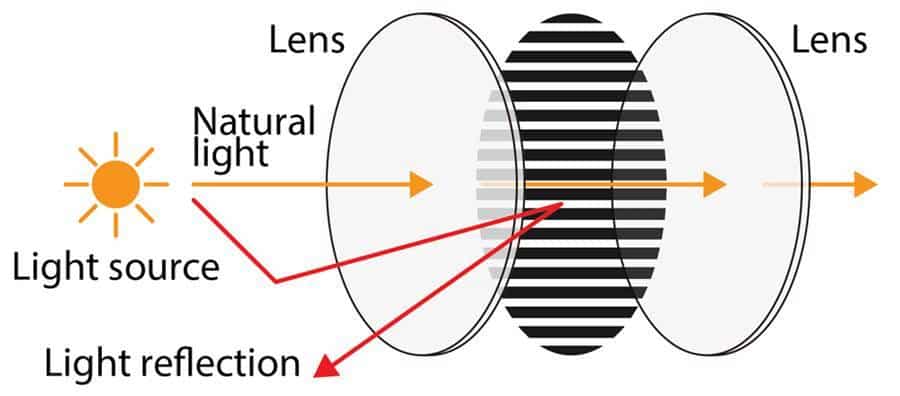
The photographs taken using a light filter do not have glare, which may appear when wet shooting surfaces, glass. For example, a filter will help to make the water deep and clear. You can photograph the bottom in great detail.
It is important to note here that the CPL is capable of removing reflections in only one position. In certain places, it either weakens them a little or does not touch them. It is also impossible to remove glare from metal objects.
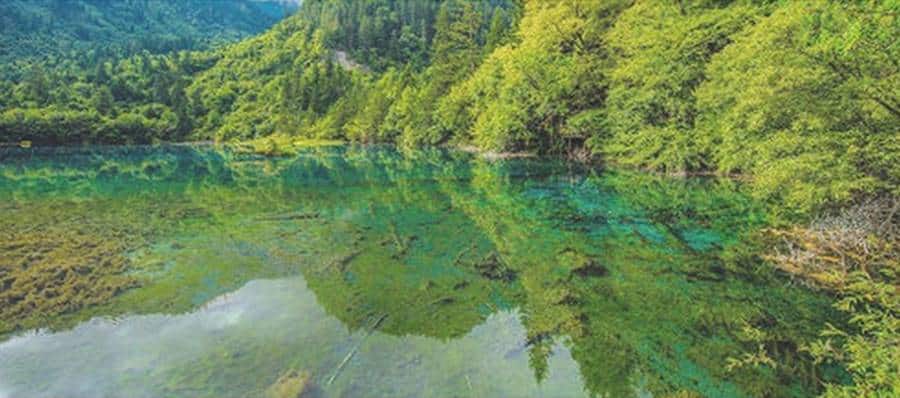
A circular polarizing filter (CPL) is irreplaceable when photographing landscapes. Choosing the correct shooting direction produces a stunning saturation and contrast enhancement effect. The sky becomes dark blue; the clouds become brighter and more expressive. By rotating the outer part of the filter, the photographer can add richness to colors and change shades.
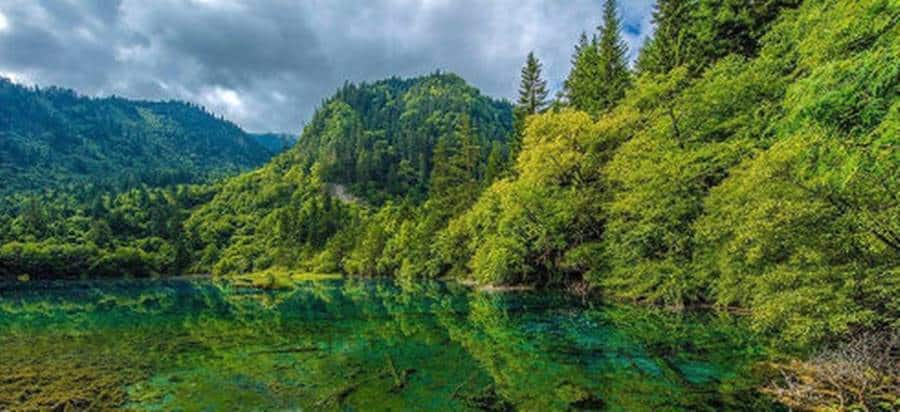
Why Use CPL Filter?
Using a circular polarizing filter allows you to block or convert polarizing light that is reflected off shiny surfaces. For this, a film is placed between two glass lenses. By turning the upper ring of the filter, you can adjust the degree of blocking of light polarization.
The filter cut off unnecessary stray flares. Typically, a filter is used when shooting on a sunny day. Reducing the amount and brightness of glare and increasing color saturation are achieved by CPL Filters. The filter will have no effect if the sun is in front of or behind the photographer.

The point is that both the tree and the leaves also have reflective surfaces. They, of course, reflect not like a mirror, but it is pretty enough to fade under the direct rays of the sun. The sun’s rays that prevent us from taking pictures fall at different angles. It is one of the rules of nature: “the angle of falling light on any surface is equal to the angle of reflection.”
Please note that metal glare cannot be removed using a filter because the light from the metal is so polarized, but from glass, plastic, water – efficiently.
Also, remember that the filters do not work at all angles to the sun’s rays and are almost useless in cloudy weather (you can only remove glare, but the color will not change). The best results are achieved when the sun is at the side of the lens. The worst part is the backlight.
Useful Tips for Using CPL Filter
At first glance, you can find the same filters from all manufacturers, but at different prices. The cheapest are thick-rimmed glass filters.
More expensive models have a thin frame that eliminates vignetting when used on a wide-angle technique. Experts recommend not to save on this device and advise you to purchase a quality product that will last a long time.
Here are some tips for using CPL Filters:
- do not use on ultra-wide-angle lenses, as it will be difficult to achieve uniform polarization,
- the subject should be at right angles to the photographer; this will maximize the effect; if the sun is behind or in front, the result of using the filter will be minimal,
- the effect will not be in diffused lighting; for example, on a cloudy day,
- installing this type of filter on top of another can produce a vignetting effect, reduce light transmission,
- shooting through glass, for example, window glass can give an unpredictable result.
What to Look for When Buying A CPL Filter?
Quality CPL filters are not cheap. So, experts do not recommend spending money on filters that cost less than $25. Moreover, if you use different lenses, another problem arises – either buy a filter for each or use an adapter. The easiest way to out of the situation is to decide on the lens you use most often and buy a CPL filter only for it.
First, select the desired type of filter – linear or circular. The second is required for digital cameras with autofocus. Next, you need to understand which mount is convenient for you. It can be threaded or screwed onto the lens.
It is essential to pay attention to the materials from which the CPL filter is made. Look through it at the sky or a computer screen. Cheap devices will give interference in the form of a blurred picture, an odd image. It will mainly affect the quality of the photo when shooting with a camera with a high-quality matrix.
Ask the seller for several models and take the same shots to compare the result at maximum magnification. The CPL Filters are selected by diameter; the manufacturer indicates it on the packaging and on the filter itself.
By manufacturer, CPL filters can be conditionally divided into the following categories:
- Best Quality: B + W Nano, Marumi Super DHG, Hoya Super HMC,
- Medium Quality: B + W Pro, Marumi DHG, Hoya HMC,
- Waterproof: B + W, Hoya HD, Marumi WPC CPL,
- Standard: as a rule, all of low quality.
CPL filters of average quality at a more affordable price can retain almost all the properties of favorites. In particular, it is worth noting the CPL filters of the Marumi are high quality, and their price remains relatively affordable. However, they do not offer innovative solutions but make good filters for permanent use.
You may also like to read: Camera Lens Filters: Do You Know What Lens Filters Are and What Are They For?
Best CPL Filters According to Photography Experts
According to experts following filters are among the best circular polarizing filters (CPL):
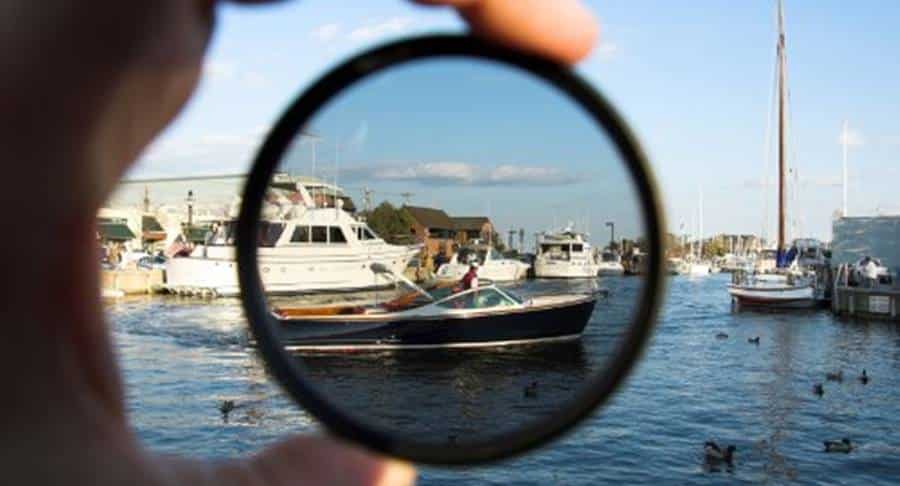
1. Marumi DHG Super CPL
It has an ultra-thin frame, so it can even be used with 16mm lenses. It gets dirty quickly, and sometimes it isn’t easy to clean it, but it solves its tasks confidently.
It is manufactured in Japan. It is worth noting that Japanese companies confidently push German manufacturers, the undisputed leaders not so long ago.
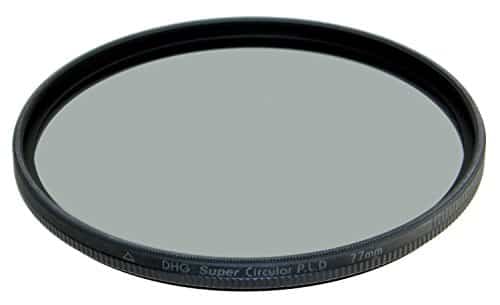
You can buy it on Amazon for $64.95 – Product Link
2. Carl Zeiss T POL Filter
They are distinguished by a thin frame, low weight, lightweight construction. The cost is relatively high, but the excellent quality justifies it.
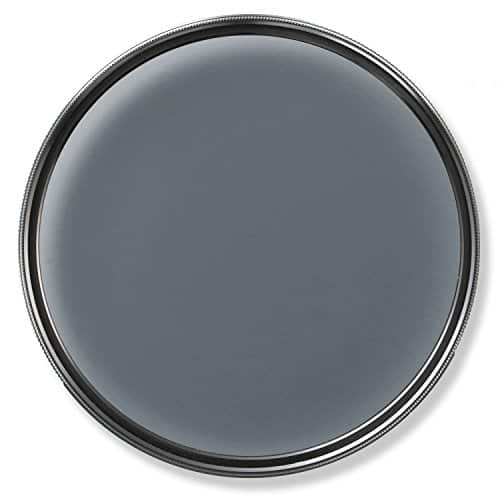
You can buy it on Amazon for $146 – Product Link
3. Hoya Super HMC
It is a low-cost CPL Filter from Hoya with moderately positive reviews. The main disadvantage is the lack of threads, making it impossible to use them simultaneously with other filters.
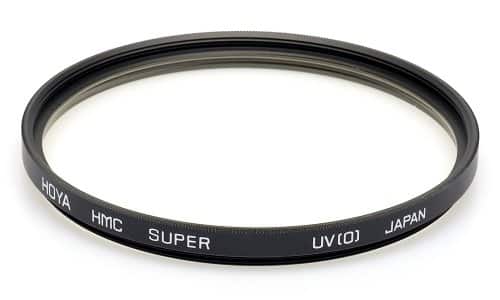
You can buy it on Amazon for $44.22 – Product Link
4. B+W KSM Nano
The manufacturer uses an additional eighth layer without disturbing the color balance and light transmission. They are also equipped with a hydrophobic coating that allows moisture droplets to roll into balls and remove them from the glass. Brass mount reduces the risk of the device sticking to the lens.
Thus, if not a professional, you can choose models of the middle price category, which, at an affordable price, will provide the highest image quality.
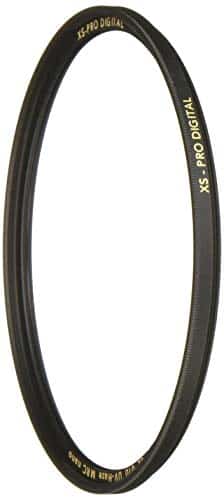
You can buy it on Amazon for $63 – Product Link
